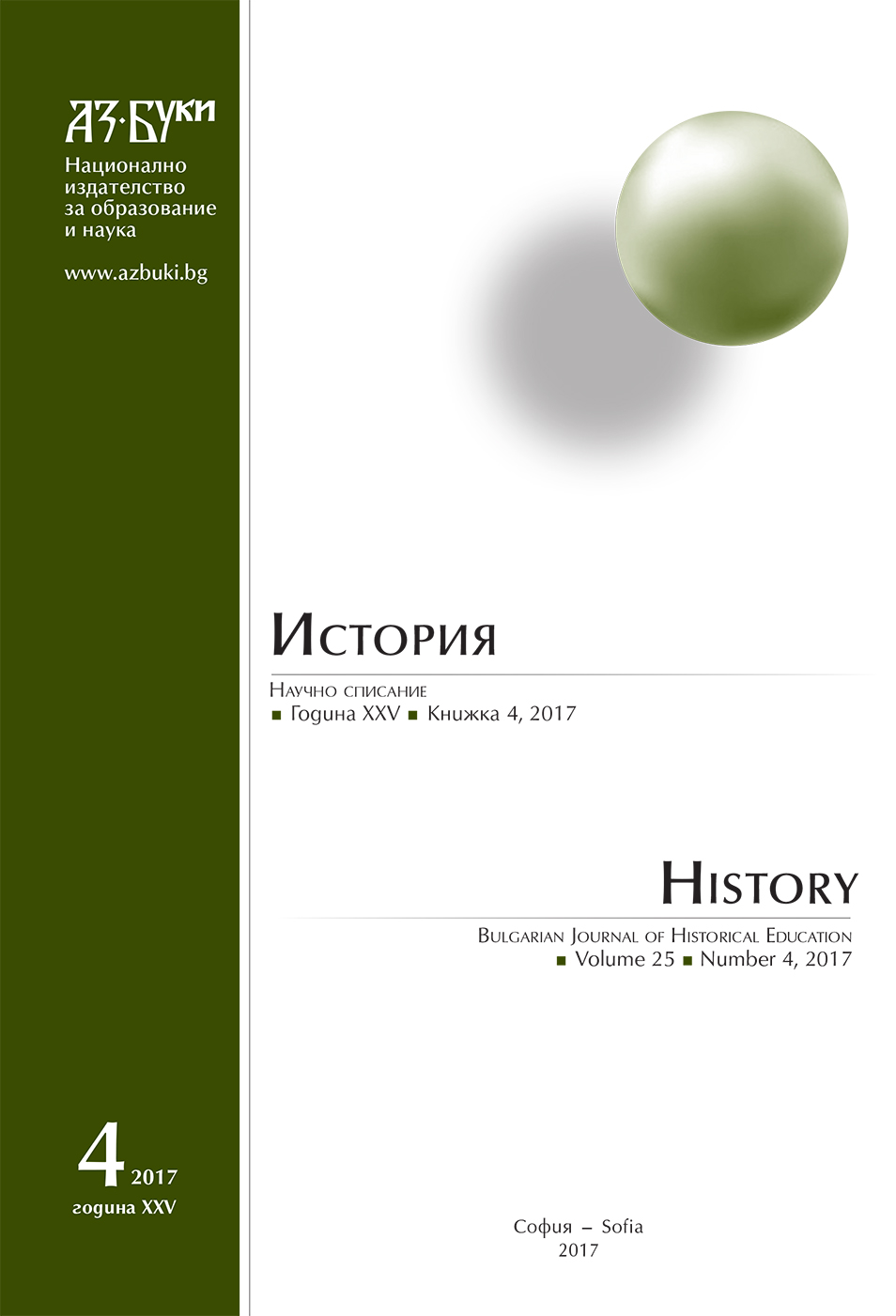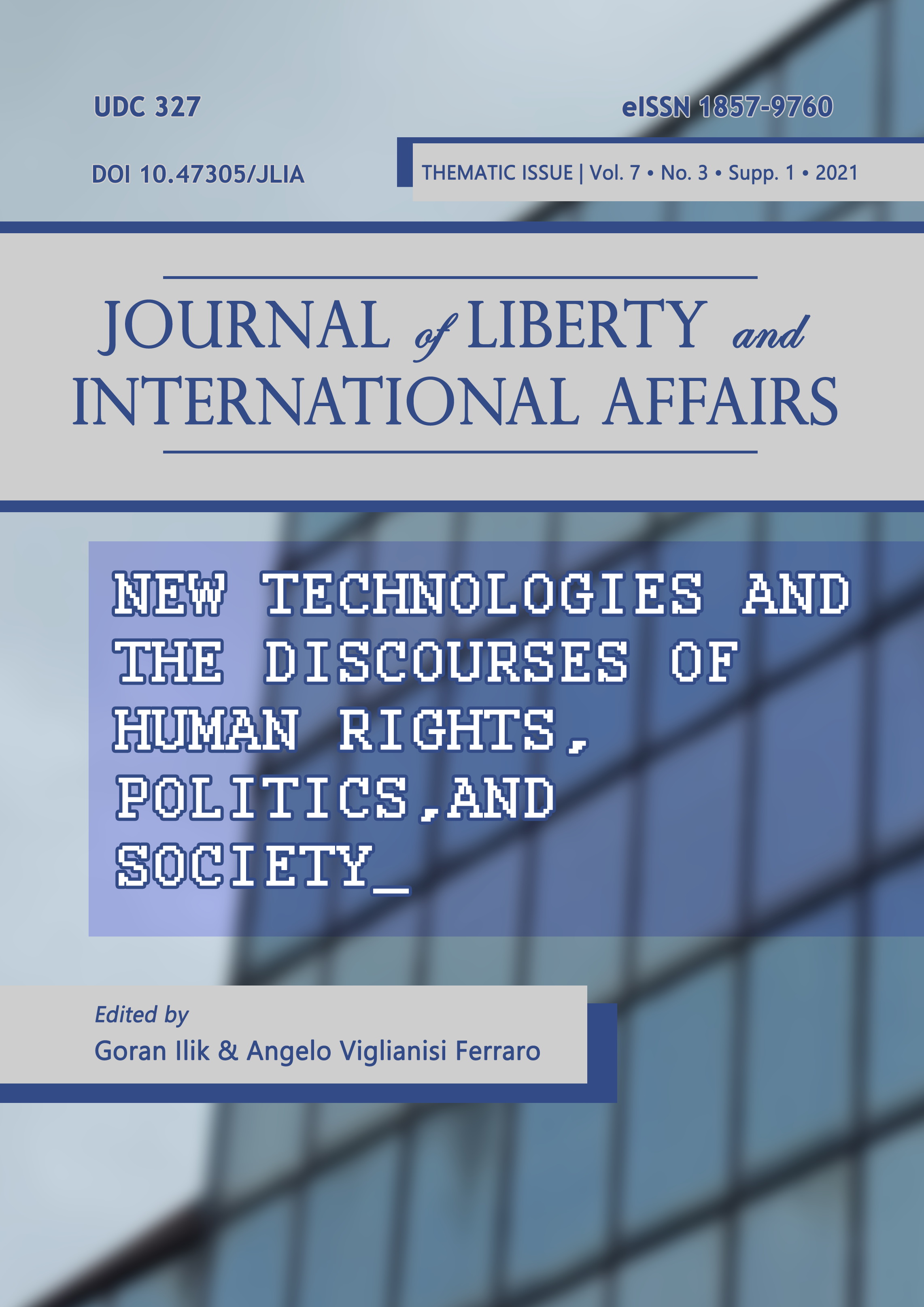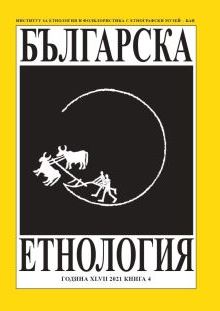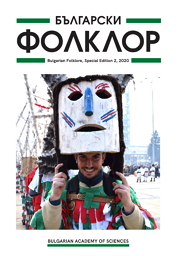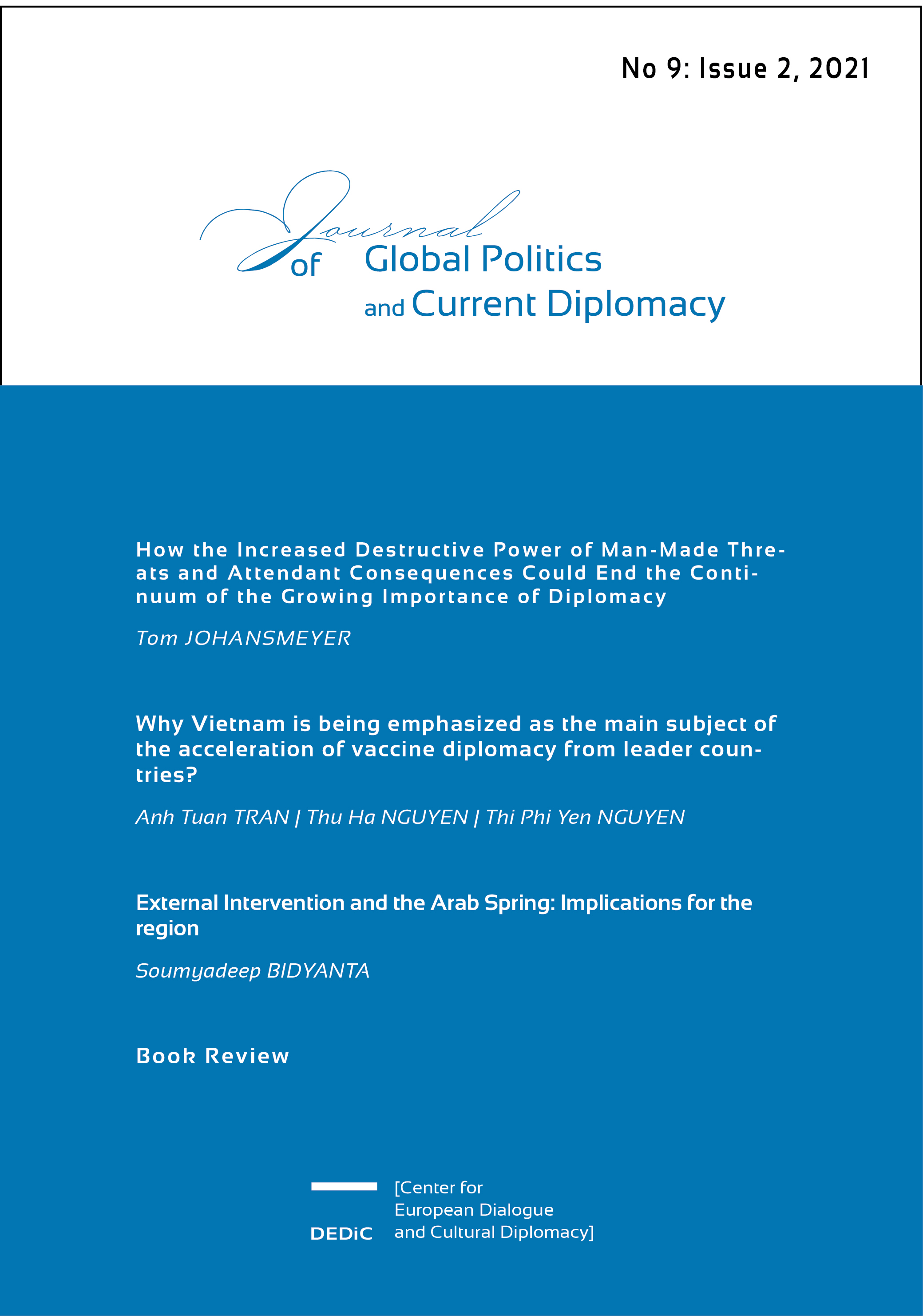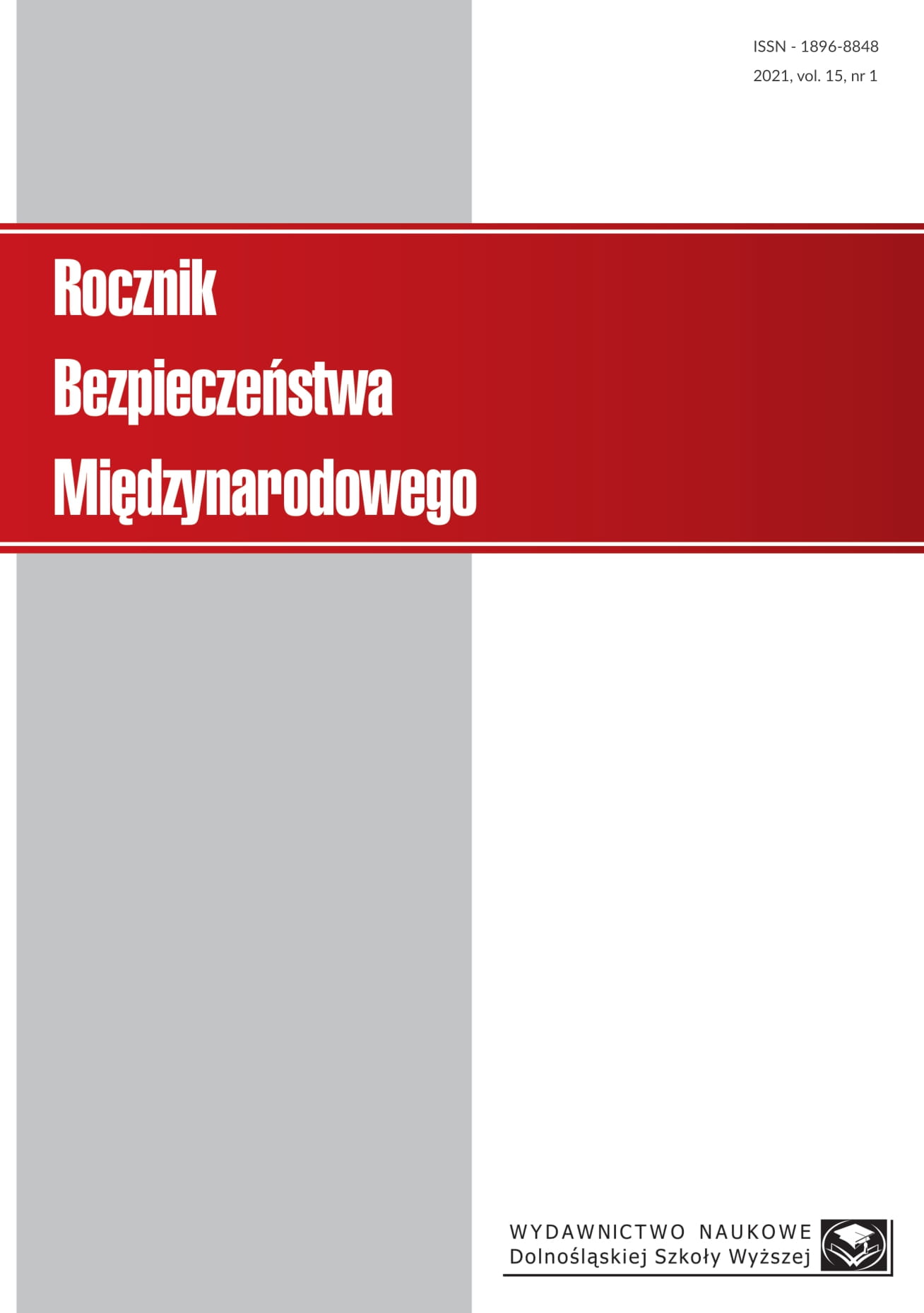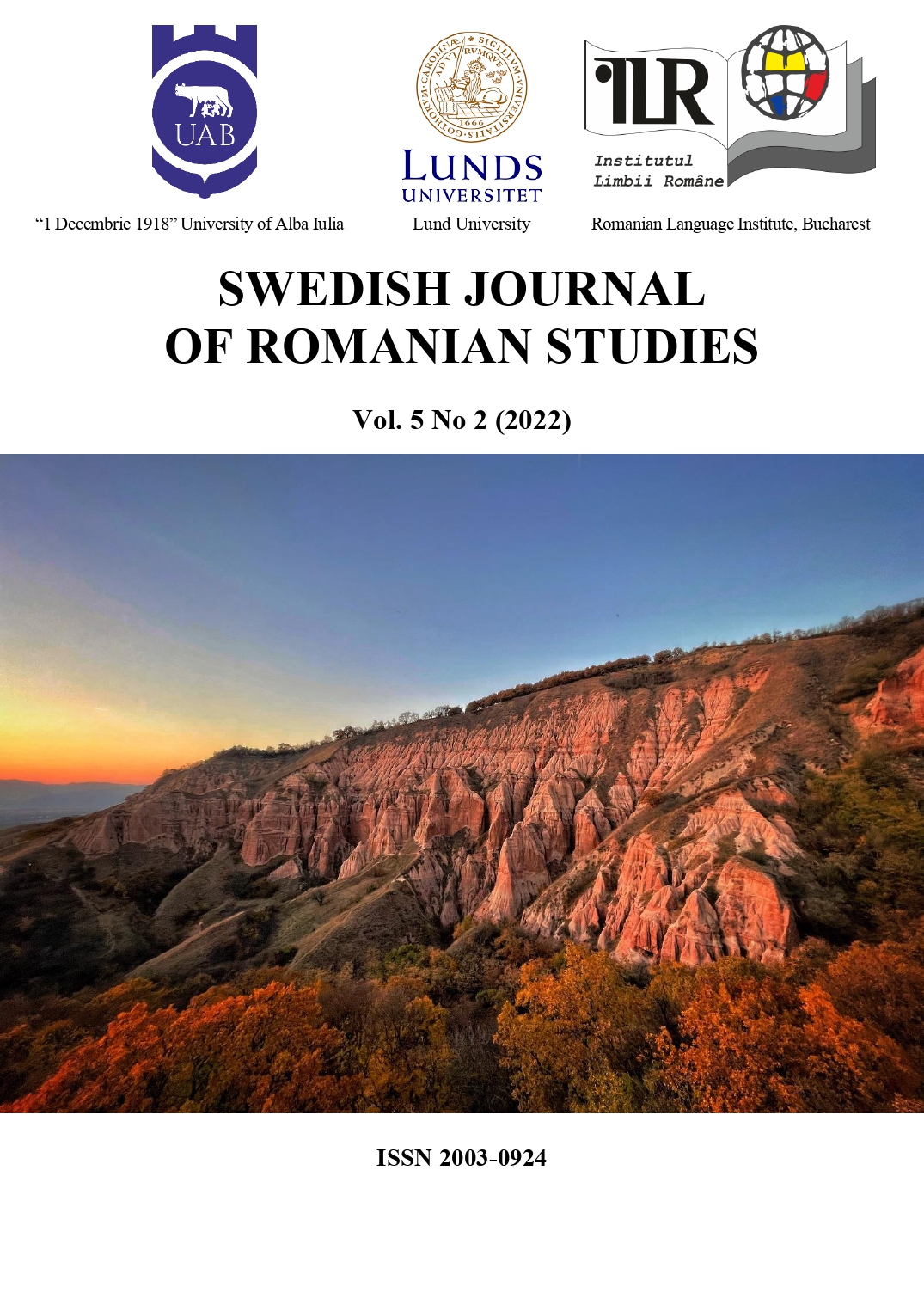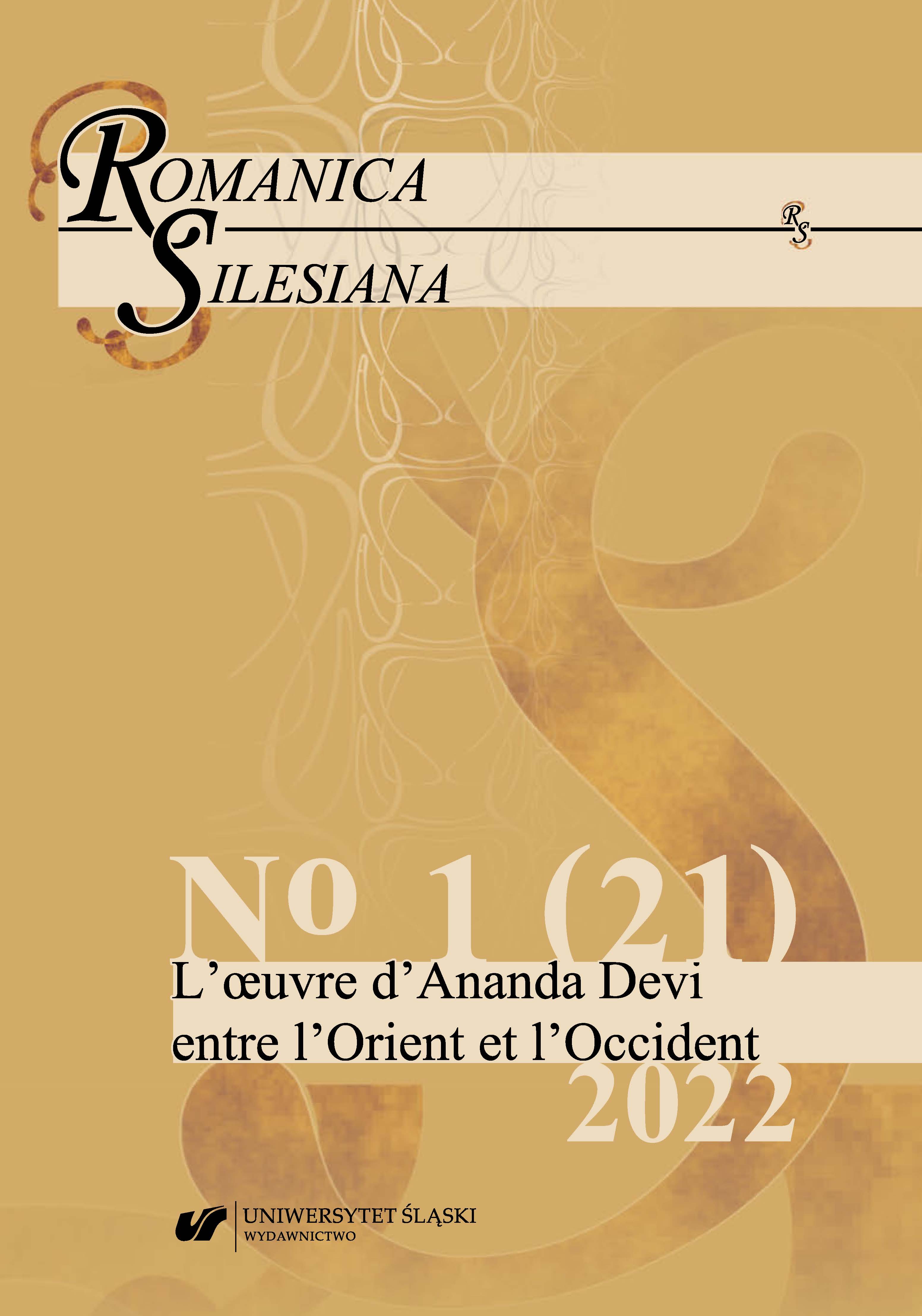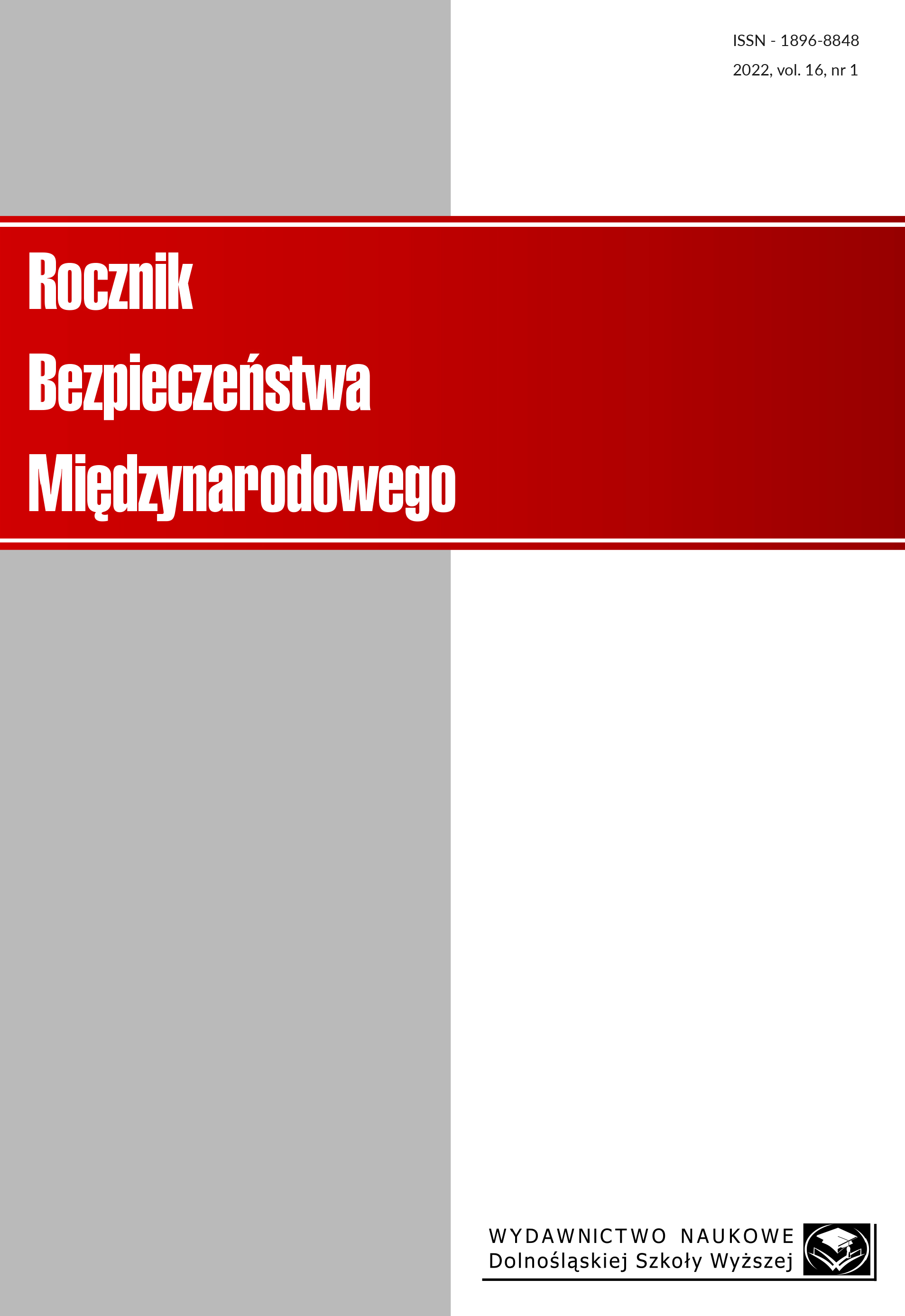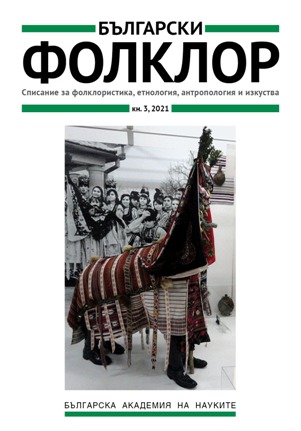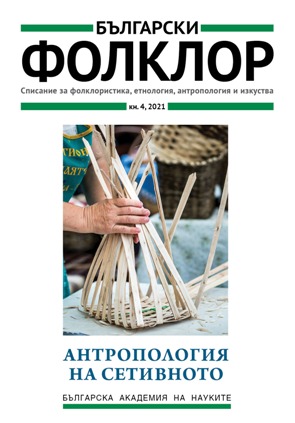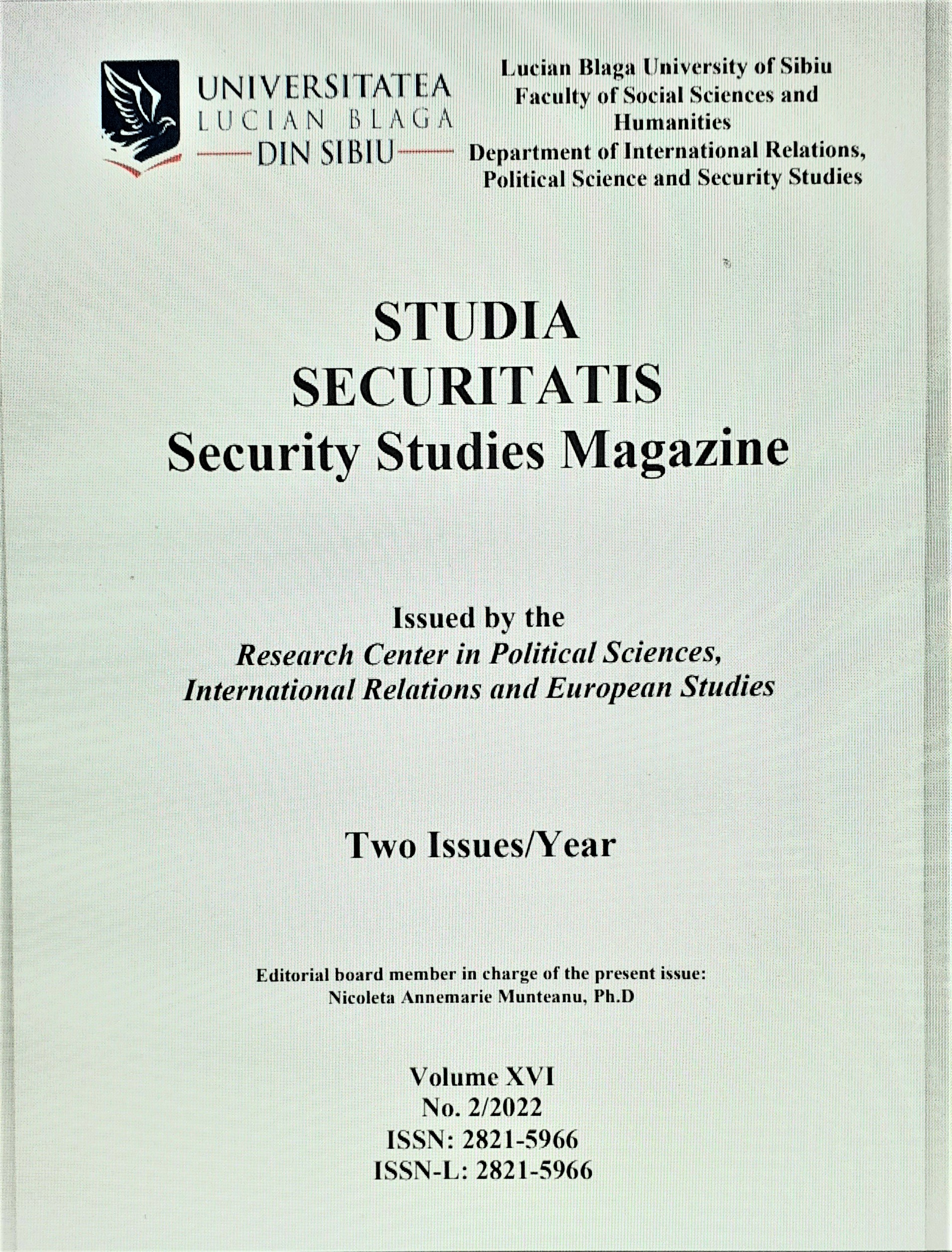Author(s): Antoniy Moysey,Antonina Anistratenko,Tetyana Nykyforuk / Language(s): English
Issue: 2/2022
This study is aimed at identifying the most noticeable Slavic elements in the calendar rites of Bukovyna. It analyzes material collected by Romanian researchers in the second half of the 19th – early 20th century (E. Niculiță-Voronca, T. Pamfile, L. Bodnărescu, А. Fochi, A. Zașciuc), documents from the Central Scientific Archive of the Academy of Sciences of the Republic of Moldova, the New Linguistic Atlas of Romania, Moldova and Bukovyna (1987), as well as personal observations recorded by the authors of the study in Ukraine and Romania during ethnographic expeditions. In the calendar rites of the Romanians of Bukovyna, some clear Slavic elements can be identified, such as some names of calendar holidays, Ukrainian elements in such rites as koliada, the Christmas star, shchedruvannya. Ukrainian motifs of musical folklore in winter rites, as well as the use of the names of Ukrainian opryshky and haidamaky, the adaptation of the “walking with vertep”, the use of the term vidma of Ukrainian origin, the penetration of the name and main text of the Ukrainian Malanka, etc.
More...
